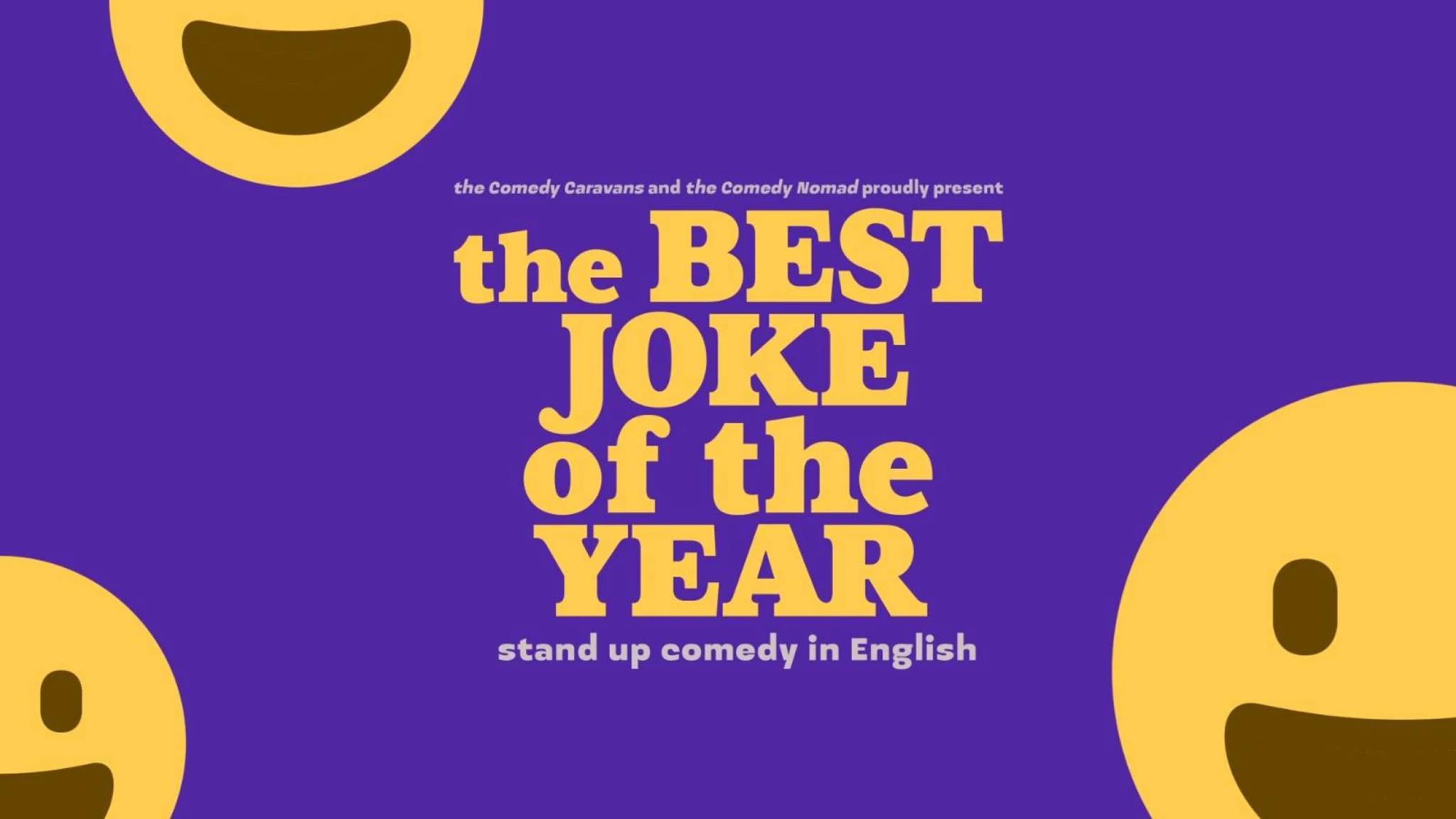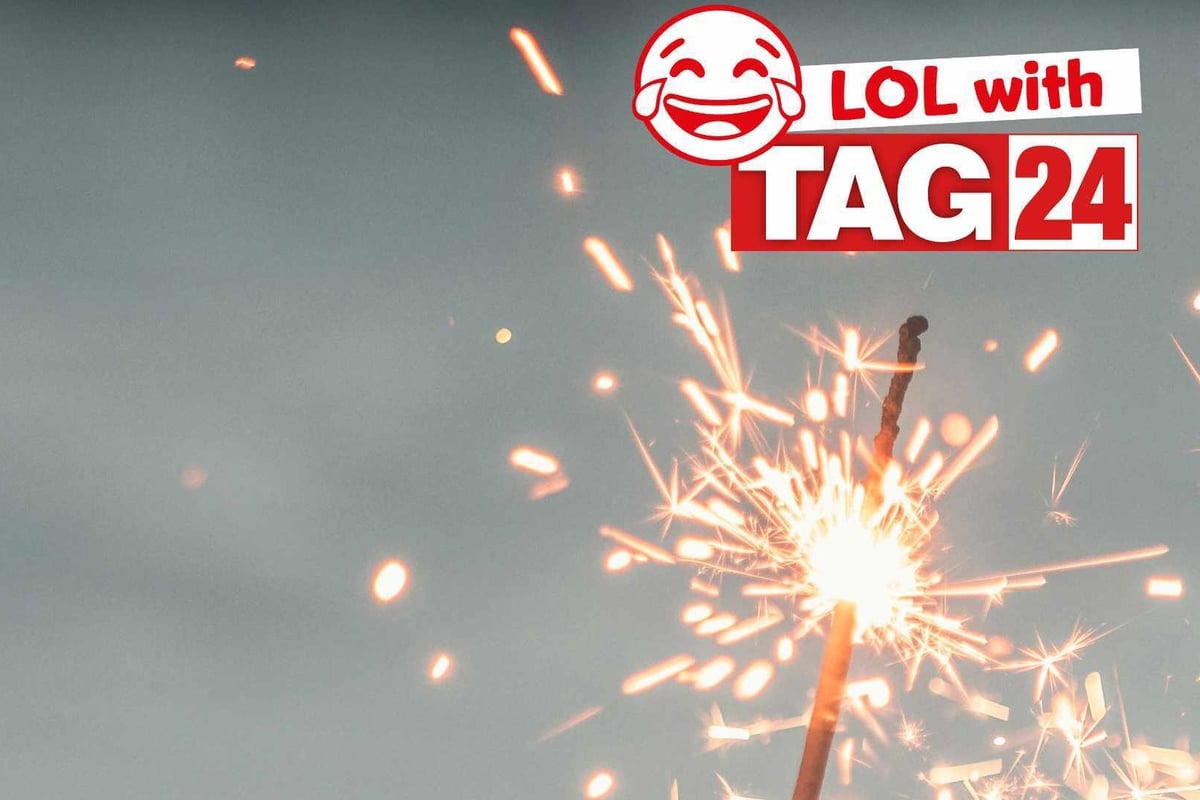New Year’s Jokes: Ring in the new year with laughter! This exploration delves into the diverse world of New Year’s humor, examining the various types of jokes, their structure, cultural variations, and evolution. From puns on resolutions to observational humor about the past year, we uncover the comedic elements that make these jokes resonate across cultures and generations. Prepare for a side-splitting journey through the history and artistry of New Year’s laughter.
We’ll analyze the crafting of successful New Year’s jokes, exploring the importance of timing, delivery, and comedic style. Cultural nuances will be examined, highlighting how humor varies across different celebrations and traditions. The evolution of these jokes over time, reflecting societal shifts and technological advancements, will also be discussed, showcasing how classic jokes have adapted and new ones have emerged.
New Year’s jokes often rely on lighthearted absurdity, but this year, let’s consider a different kind of humor. Reflecting on the past year might inspire a deeper appreciation for the concept of deepwoken compassion , a valuable lesson applicable beyond the festive season. Ultimately, the best New Year’s jokes are those that make us think, even as they make us laugh.
Finally, we’ll look at the visual representation of New Year’s humor, exploring how illustrations and cartoons can enhance the comedic effect.
Types of New Year’s Jokes
New Year’s jokes leverage the celebratory atmosphere and the sense of new beginnings to create humor. They range from simple puns to observational comedy, reflecting cultural nuances and societal trends. Several categories exist, each utilizing different comedic techniques.
New Year’s Puns
Puns are a staple of New Year’s humor, relying on wordplay and double meanings. These jokes often involve words related to time, resolutions, or the celebratory aspects of the holiday.
- Example: “What do you call a lazy kangaroo? Pouch potato!” (A pun on “couch potato,” referencing the relaxed atmosphere of New Year’s celebrations.)
- Example: “What’s the best thing about Switzerland? I don’t know, but the flag is a big plus!” (A pun on “plus” relating to the new year and positive changes.)
Jokes Based on Resolutions
Many New Year’s jokes center on the common practice of making resolutions, often highlighting the irony or difficulty of sticking to them.
- Example: “My New Year’s resolution is to stop making New Year’s resolutions.”
- Example: “I made a resolution to be more organized this year. So I alphabetized my junk drawer. It took me all year.”
Jokes Focusing on Past Year Events
These jokes use current events or popular culture references from the preceding year as their comedic springboard. They provide a humorous retrospective on the past year’s happenings.
- Example: (Assuming a major sporting event happened in the previous year) “This year’s going to be better than last year’s… unless [Sporting team] wins again!”
Jokes Referencing Specific New Year Traditions
Many jokes incorporate specific New Year’s traditions from around the world, highlighting cultural differences and providing a humorous take on these customs.
- Example: “Why did the snowman leave the party early? Because he was feeling a little frosty.” (Relates to cold weather often associated with New Year’s celebrations.)
Comparison of Joke Types
| Joke Type | Description | Example | Effectiveness |
|---|---|---|---|
| Pun | Wordplay using similar-sounding words with different meanings. | “What do you call a lazy kangaroo? Pouch potato!” | Highly dependent on audience understanding. |
| Observational | Humor based on everyday situations and relatable experiences. | “My New Year’s resolution is to stop making New Year’s resolutions.” | Generally well-received, broad appeal. |
| Situational | Humor arising from unexpected or ironic circumstances. | “I resolved to be more organized, and spent the whole year alphabetizing my junk drawer.” | Relies on a clear narrative and relatable scenario. |
| Self-deprecating | Humor that pokes fun at the teller’s own flaws or misfortunes. | “I tried to make a healthy New Year’s resolution, but I failed miserably… again.” | Can be endearing and relatable if delivered genuinely. |
Joke Structure and Delivery
The structure and delivery of a New Year’s joke are crucial to its success. A well-crafted joke follows a pattern, and its impact is significantly enhanced by skillful presentation.
Common Structure of a Successful New Year’s Joke
Most jokes follow a setup-punchline structure. The setup creates anticipation and context, while the punchline provides the unexpected twist or humorous resolution. A strong setup is crucial to building anticipation and setting up the punchline’s impact.
Importance of Timing and Delivery
Timing is everything in comedy. Pauses, inflection, and even body language can significantly affect the humor. A well-timed pause before the punchline increases anticipation, while confident delivery enhances the joke’s impact.
Short Skit Incorporating a New Year’s Joke
Characters: Two friends, Alex and Ben.
Setting: A New Year’s Eve party.
Dialogue:
Alex: “So, what’s your New Year’s resolution this year, Ben?”
Ben: “To be more organized.”
Alex: (Chuckles) “Really? How’s that going?”
Ben: “Well, I alphabetized my spice rack… it took me three hours!”
Alex: (Laughing) “That’s…
dedicated.”
Comedic Styles Applied to New Year’s Jokes
Various comedic styles can be effectively used in New Year’s jokes. Observational humor focuses on relatable experiences, sarcastic humor uses irony and wit, and absurdist humor embraces the illogical and unexpected. The choice of style depends on the joke’s content and the intended audience.
Joke Setups and Punchlines
Simple jokes often have straightforward setups and punchlines, while more complex jokes build layers of anticipation and surprise.
- Simple: Setup: “Why don’t scientists trust atoms?” Punchline: “Because they make up everything!”
- Complex: Setup: “I tried to give up my New Year’s resolutions… but I’m not sure I’m ready to let go of that goal yet.” Punchline: “It’s an ongoing process, I guess.”
Cultural Variations in New Year’s Humor
New Year’s jokes reflect cultural traditions and values. Humor varies across cultures, with different themes and styles prevalent in various regions.
Comparison of New Year’s Jokes from Different Cultures
In some cultures, New Year’s jokes might focus on family gatherings and traditions, while others might emphasize the passing of time or the anticipation of the new year. Humor styles also differ; some cultures might favor slapstick comedy, while others might prefer witty wordplay.
Recurring Themes and Motifs, New Year’s Jokes
Recurring themes include resolutions, past year events, and cultural-specific traditions. Motifs often involve animals associated with luck or prosperity in particular cultures, or play on common superstitions related to the new year.
Jokes Specific to Particular Celebrations
Examples include jokes about specific New Year’s foods, celebrations, or customs. For example, jokes about the Chinese zodiac animal for the year or the traditions surrounding the Japanese New Year are specific to those cultures.
Influence of Cultural Context
Cultural context profoundly influences the humor. What is considered funny in one culture may not be in another. Understanding the cultural background is crucial to appreciating the humor in New Year’s jokes.
Cultural Differences Affecting Humor and Themes
- Humor Styles: Some cultures favor self-deprecating humor, while others prefer observational humor.
- Taboo Topics: Certain topics considered taboo in one culture might be acceptable in another.
- Social Norms: Jokes reflecting social norms and expectations differ significantly across cultures.
- Religious Beliefs: Religious beliefs influence the themes and types of humor considered appropriate.
The Evolution of New Year’s Jokes
New Year’s jokes have evolved alongside societal changes, reflecting the changing times and cultural shifts. The topics and styles of humor have adapted to reflect current events and trends.
Changes in New Year’s Jokes Over Time
Older jokes often focused on simpler themes, such as the passing of time or the hope for a better year. Modern jokes incorporate contemporary events, technology, and pop culture references.
Trends in Joke Topics Across Decades
In earlier decades, jokes might have centered on more traditional themes, such as family gatherings and agricultural cycles. More recent decades have seen an increase in jokes related to technology, politics, and social media.
Classic and Modern Counterparts
Classic jokes often revolve around simple wordplay or observational humor about common New Year’s experiences. Modern counterparts incorporate current events and social media trends, using more contemporary language and references.
Influence of Technology and Media
The internet and social media have drastically changed how New Year’s jokes are shared and consumed. Viral jokes spread rapidly, and new forms of humor, such as memes and GIFs, have emerged.
Timeline of Popular New Year’s Joke Themes
A timeline could chart the shift from jokes focused primarily on time and resolutions (early 20th century) to jokes incorporating political satire, pop culture references, and technological advancements (late 20th and early 21st centuries).
Visual Representation of New Year’s Jokes
Visual elements can significantly enhance the comedic effect of New Year’s jokes. Illustrations and cartoons can capture the essence of the joke and create a more memorable experience.
Humorous Illustration of a Resolution Gone Wrong
The illustration depicts a person, overwhelmed and surrounded by half-eaten tubs of ice cream, empty pizza boxes, and a broken exercise bike. The setting is a messy living room, and the person is slumped on the couch, wearing sweatpants and a defeated expression. The caption reads, “My New Year’s resolution to get in shape… didn’t quite work out.” The character’s exaggerated features, like wide eyes and a slumped posture, amplify the comedic effect.
Cartoon Strip Illustrating New Year’s Jokes
Panel 1: A person making a list of New Year’s resolutions, looking determined. Panel 2: The person enthusiastically starting a new exercise routine. Panel 3: The person struggling with the exercise routine, looking exhausted. Panel 4: The person giving up, eating a large piece of cake, with a caption: “Resolution failed!” The style would be simple and expressive, using exaggerated facial expressions and body language to enhance the humor.
Visual Elements Enhancing Comedic Effect
Visual elements such as exaggerated features, facial expressions, and body language can amplify the humor. The use of color, perspective, and composition can also contribute to the overall comedic effect.
Visual Styles for Illustrating New Year’s Jokes

Source: fienta.com
Caricature, slapstick, and minimalist styles can all be effectively used. Caricature exaggerates features for humorous effect, slapstick uses physical comedy, and minimalist styles use simple lines and shapes to convey humor. The choice of style depends on the specific joke and the desired tone.
Epilogue

Source: tag24.de
From puns about resolutions to culturally specific gags, New Year’s jokes offer a unique blend of humor and reflection. This exploration has illuminated the multifaceted nature of this comedic tradition, highlighting its evolution, cultural variations, and enduring appeal. As we move forward, the laughter generated by these jokes will undoubtedly continue to shape our celebrations, reflecting the ever-changing landscape of society and its shared experiences.
